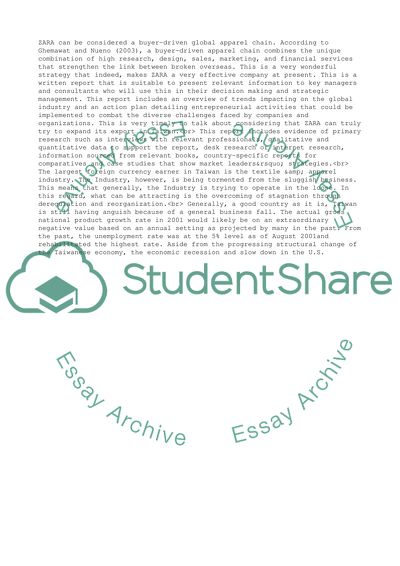Cite this document
(Zara's Global Market Expansion - Export to Taiwan Research Paper, n.d.)
Zara's Global Market Expansion - Export to Taiwan Research Paper. Retrieved from https://studentshare.org/business/1732142-zaras-global-market-expansion-export-to-taiwan
Zara's Global Market Expansion - Export to Taiwan Research Paper. Retrieved from https://studentshare.org/business/1732142-zaras-global-market-expansion-export-to-taiwan
(Zara'S Global Market Expansion - Export to Taiwan Research Paper)
Zara'S Global Market Expansion - Export to Taiwan Research Paper. https://studentshare.org/business/1732142-zaras-global-market-expansion-export-to-taiwan.
Zara'S Global Market Expansion - Export to Taiwan Research Paper. https://studentshare.org/business/1732142-zaras-global-market-expansion-export-to-taiwan.
“Zara'S Global Market Expansion - Export to Taiwan Research Paper”, n.d. https://studentshare.org/business/1732142-zaras-global-market-expansion-export-to-taiwan.


